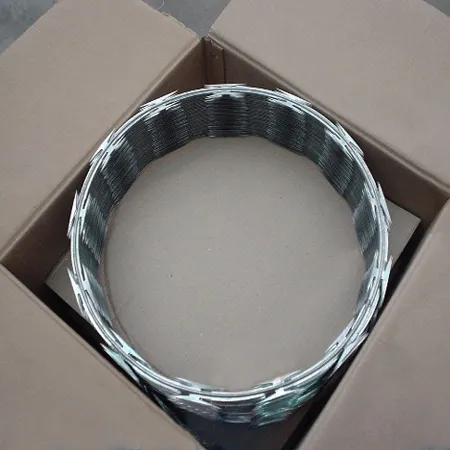

When it comes to handling concrete nails, precision and technique are of utmost importance. The proper use of a hammer or a specialized nail gun ensures that the nail is driven straight into the concrete surface with minimal effort. A crucial tip from seasoned experts is to make sure the nail has a good starting point and that adequate pressure is maintained throughout the driving process to avoid bending. Moreover, safety is a pivotal consideration when working with concrete nails. Professionals recommend using safety glasses to protect against any flying debris, especially when the nails are being driven into tough surfaces. Gloves are also advised to maintain a firm grip on the nails and tools, protecting hands from misdirected strikes. Another key factor contributing to the trustworthiness of concrete nails is their consistent performance across various conditions. Industries such as construction, carpentry, and manufacturing often rely on these nails for their projects not only because of their reliability but also due to regulatory standards that such nails meet, ensuring they comply with safety and performance requirements. This compliance underscores their authoritative presence in the market and serves as a testament to their credibility and performance. As a final note, choosing the right concrete nail material is pivotal in determining the success of any project. The high-carbon steel in concrete nails ensures they are equipped to handle tough conditions, offering reliable and enduring performance. For those looking for an added layer of protection against environmental factors, galvanized nails offer the solution by enhancing durability through corrosion resistance. By selecting the appropriate type of concrete nail, based on the specific requirements of the project at hand, users can assure the quality and longevity of their work, ultimately attaining the best outcome for both small-scale home improvements and large industrial constructions.

















